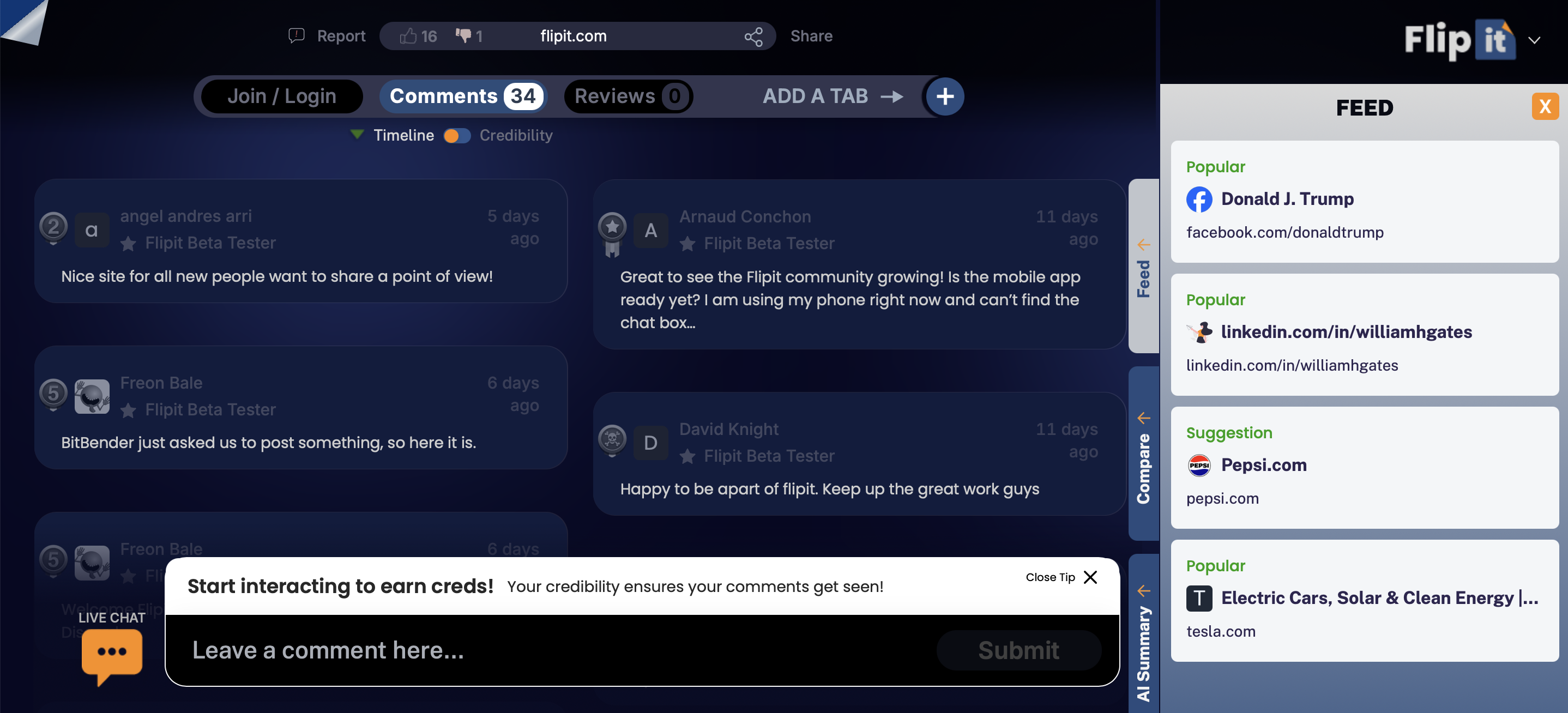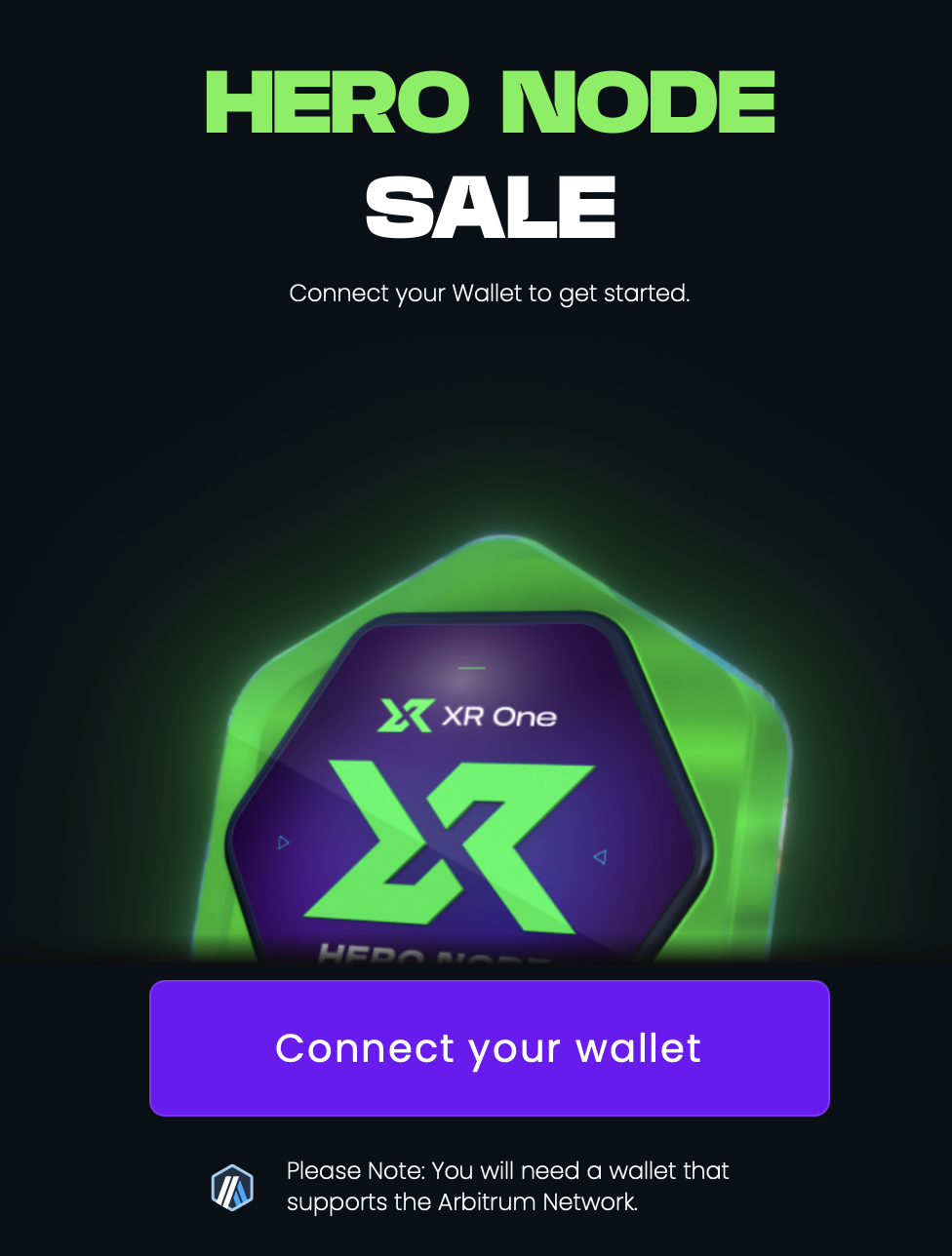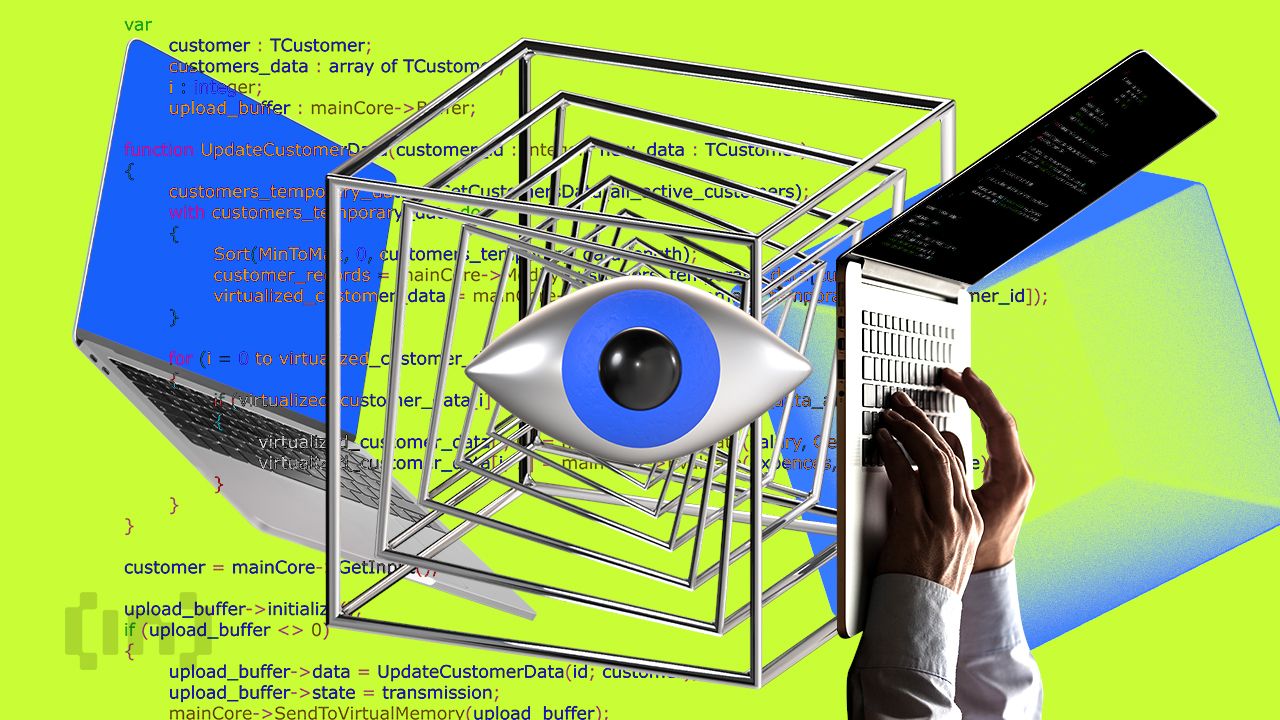Node sales are a growing trend in 2025. When purchasing a node, you’re buying into a project’s infrastructure while becoming a key player in maintaining and securing the network. Investors who position themselves correctly can benefit from this new and unique funding mechanism. This guide takes a detailed look at some of the most exciting node sales in 2025.
KEY TAKEAWAYS
➤ Node sales offer investors the opportunity to purchase node licenses and potentially profit by operating nodes.
➤ Node sales may provide regulatory advantages by allowing participants to generate tokens themselves, potentially mitigating issues associated with unregistered securities in other funding methods.
➤ Node sales can lead to fairer token distribution and align incentives between projects and participants. However, investors should exercise caution due to the risk of scams as well as the impact of operational costs, longer break-even periods, and market volatility.
What are the top node sales in 2025?
1. Nemesis Downfall
Nemesis Downfall, a competitive web3 first-person shooter, is running a node sale to support its decentralized gaming infrastructure. These nodes play an active role in game hosting, content distribution, and decentralization while offering a new way for players and investors to participate in the game’s ecosystem.
The game is selling 10,000 nodes in a tiered pricing model, meaning prices increase as more nodes are sold. The initial tiers started at $100 per node, with later tiers reaching $500. Node operators earn $ND token rewards and gain access to exclusive perks, such as discounts on in-game purchases and NFT drops.
How to start?
To participate, go to the Nemesis Downfall nodes sale page, click the “Buy Nodes Now” button, and connect your wallet. Make sure that your wallet has sufficient funds — supported coins are USDC (ERC20), ETH, GALA (ERC20), and USDT (ERC20). Next, specify the number of nodes you want to purchase and hit “Apply.”
With only a fixed supply of nodes available, early participants secure a lower price and maximize potential rewards.
2. Flipit

Flipit is a protocol that allows you to “flip” and access the back of a webpage. The “back” of the webpage hosts an entire content network in which users can comment, socialize, advertise, and provide transparent, user-generated feedback about the website/URL.
Flipit nodes make this possible. These nodes host website content via the Interplanetary File System (IPFS). The Flipit token (FLIP) allows users to purchase advertising space, participate in governance, and access exclusive content.
How to start?
To begin, you must purchase a node license. Flipit Node Licenses are ERC-1155 NFTs. For the first 90 days, the licenses cannot be transferred. Early bird pre-sale pricing started at $500, with increases by $100 for every 100 nodes sold. As of mid-November 2024, pricing sits at Tier 6, at $1000 per node. You can purchase Flipit nodes with ETH, GALA, USDT, and USDC.
3. Gala Games

Gala Games is a web3 gaming platform. It offers a range of play-to-earn (P2E) games, an NFT marketplace, and the ability to store and distribute media — both audio and video.
Gala node operators receive Gala’s native cryptocurrency, GALA, an ERC-20 token, for hosting game content. The GALA token also allows users to engage in games, governance, and buy/sell items on the marketplace.
How to start?
Before you can run a Gala Games node, you will need to create a Gala Games account and purchase a license. You can run a node on your PC, but most people use hosted servers like AWS. You can download and install the node software from the GALA games website.
4. XR One
XR One is a layer-3 blockchain created by Saltwater.Labs, backed by support and grant funding from Offchain Labs and Arbitrum on behalf of The XR Foundation. This chain is designed to support player-versus-player (PvP) and AI-enhanced games.

In partnership with Caldera, XR One will offer a system that allows third parties to verify each rollup block and earn rewards. This system will allow node operators to verify batches using everyday hardware without the need to run a full Arbitrum node.
Additionally, 15% of the total XR token supply will be allocated to Hero Node operators over a span of 30 months.
How to start?
Currently, the project is still in very early stages. You must go to the official website and submit your email address for whitelist access.
5. Data Intelligence Network (DIN)
DIN, formerly known as Web3Go, is a platform designed to help anyone prepare data for artificial intelligence (AI) applications and earn money in the process. Built on the foundation of the Data Intelligence Network, DIN empowers users to process data for AI purposes.
This network allows users to create and share a wide variety of AI-ready digital content, such as transaction data streams, trading strategies, trading bots, and intelligent assistants for entertainment, education, or social interactions.
How to start?
DIN has 11 tiers for its Chipper nodes, ranging from 60 to 2,199 USDT at the highest tier. Head to the official website. After your purchase, you must download the app, import the license, and keep the app running to earn xDIN.
6. iAgent
iAgent is a platform powered by DePIN technology that enables gamers to train their own AI agents. It operates on proof-of-work (PoW) and proof of ownership in order to ensure fair rewards, verify task completion, and manage agent ownership.
The ecosystem uses the AGNT token to reward participants and facilitate transactions. iAgent operates on publicly maintained computers called Protocol Nodes, which secure the network, determine rewards for GPU workers, and earn rewards for their contributions.
How to start?
To get started, simply head to the website, download the app, register, and log in. Sign in to MetaMask, verify your node NFTs, and start collecting rewards.
What are nodes?

Nodes are a term borrowed from scientific, mathematical, and technological fields that can apply to many scenarios. In the most basic sense, a node can be:
- A point of connection
- A redistribution point or communication point
- A device that is attached to a network
- A device that receives, sends, stores, and processes data
In blockchain, nodes are computers or similar devices (e.g., servers, mobile devices, etc.) that host a copy of the blockchain database, validate transactions and blocks, and communicate updates to other nodes.
The best visual representation of how nodes interact with each other is a web, where each node is connected to one or more other nodes, forming a decentralized network. In this way, if a single node fails, the network can remain operational.
There are many different types of nodes depending on their purpose and the network. In brief, there are:
- Light nodes: Lightweight nodes are designed to operate with reduced storage and bandwidth requirements and interact with the blockchain using simple payment verification (SPV).
- Full nodes: Full nodes enforce all the protocol rules by downloading, verifying, and storing the entire blockchain history. They validate all transactions and blocks to ensure they comply with the consensus rules.
You can break down nodes into many more subsets with varying levels of permissions and tasks. However, in general, these are the main types of nodes that you will encounter in a blockchain network.
What are node sales?
A node sale is the practice of selling node licenses, which give participants the right to operate a node within a network. It is a relatively new phenomenon that has quickly gained steam in 2025.
When you purchase and operate a node, you perform certain network tasks. These could include standard data receiving, sending, storing, and processing. Nodes can also be used for secure and verifiable computations or hosting applications (e.g., gaming platforms).
There is typically a tiered pricing mechanism for node sales; however, this is not always the case. When there is, nodes that are priced higher are usually fewer in number.
The project curating the sale dedicates a portion of tokens to node rewards that will be released over time. Sometimes, a performance bonus, network fee, or staking mechanism is in place.
Why participate in a node sale?
Node sales are the latest meta. While they can certainly be profitable for node sellers, are they of sufficient benefit to buyers, too? Here’s what to know.
Potential for profit
Firstly, all investments pose some level of risk. The upside to this is that with more risk often comes greater reward (excluding scams and obviously unprofitable business models).
Note that participants must purchase the nodes upfront. As a result, they must naturally calculate when they will break even. A formula for calculating profits is (profits = value of tokens – nodes price).
There is likely more profit potential for early adopters in sales with multiple tiers. That is because the more expensive node tiers make it difficult to break even.
Regulation
One of the problems with initial coin offerings (ICOs) is the risk of offering unregistered securities. In many countries, offering unregistered securities could lead to hefty fines or jail time. As the space has matured, new ways of distributing tokens have come to the fore, such as:
- ICO/IDO/IEO
- Airdrops/lockdrops
- Points
Node sales are the latest distribution and fundraising method. It should be noted that node sales do not necessarily absolve projects from regulations; rather, they present another method that could benefit certain projects or participants when dealing with the legalities of distributing digital assets.
Instead of receiving coins or tokens with the expectation of profit, participants simply purchase node licenses and generate or mint the coins themselves. In this way, there is no transfer of assets but rather user-generated profits.
Tokenomics
A few other benefits can be summed up as good tokenomics. For example, minting or mining cryptocurrency yourself mitigates the risk of wealthy venture capitalists dumping their tokens on retailers.
Of course, this does not apply in cases where private investors receive early access to nodes or tokens. Furthermore, node sales can lead to a fairer distribution of supply amongst the community. This is particularly beneficial for projects with a governance structure.
Lastly, projects that implement withdrawal and transfer restrictions or controlled inflation rates reduce selling pressures, which can lead to price drops.
Pros and cons of node sales
To sum up, the largest benefit for a buyer in a node sale is the potential for profit. Here is a quick summary of all the associated pros and cons.
| Pros | Cons |
| Potential profits for node holders | Operational costs |
| Possible regulatory benefits for the project | Longer break-even periods |
| Incentives align with the project | Late adopters might not break even |
| Distributed sell pressure | Market risks |
Prioritize security when participating in node sales
Because node sales are a relatively new phenomenon, there is still much to learn about how these developments could unfold. However, as is common in crypto, those who are early tend to reap the benefits.
As always, participants should exercise caution because early trends also tend to draw scammers. Stay safe when investing with node sales, and always remember to do your own research.
Disclaimer: This article is intended solely for informational purposes and should not be considered financial advice. As with any investment, purchasing nodes comes with risks.

